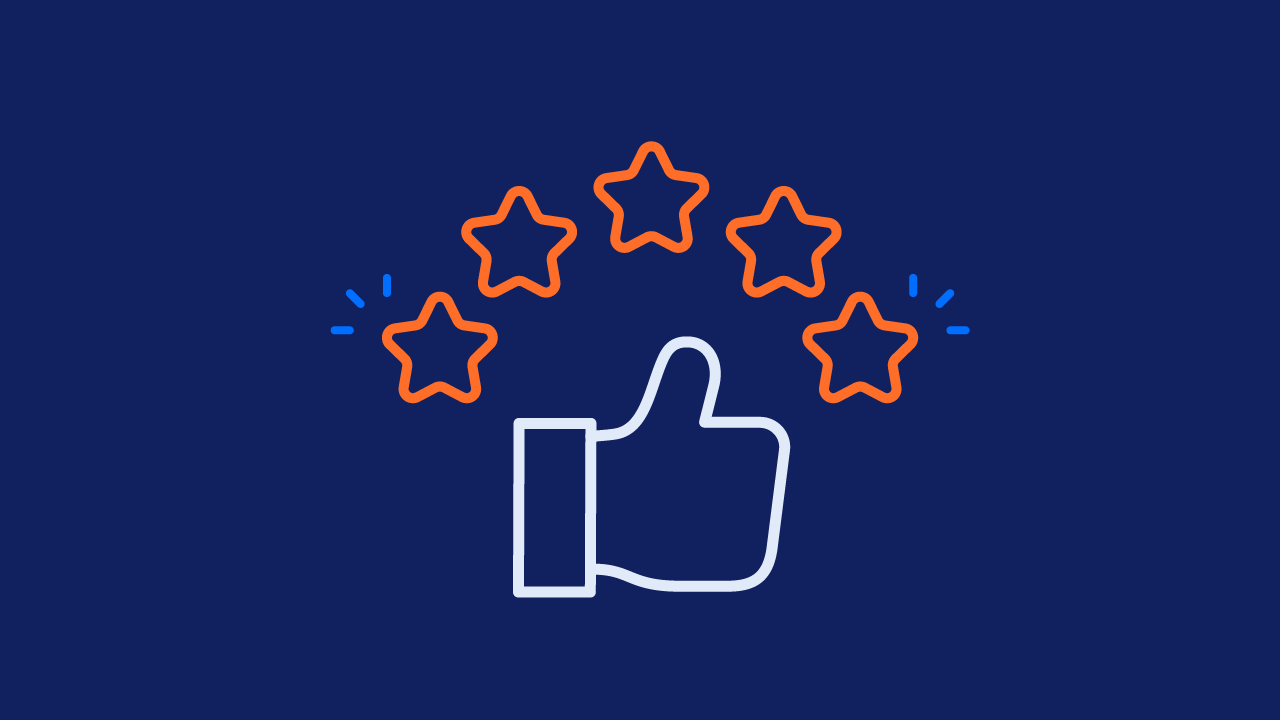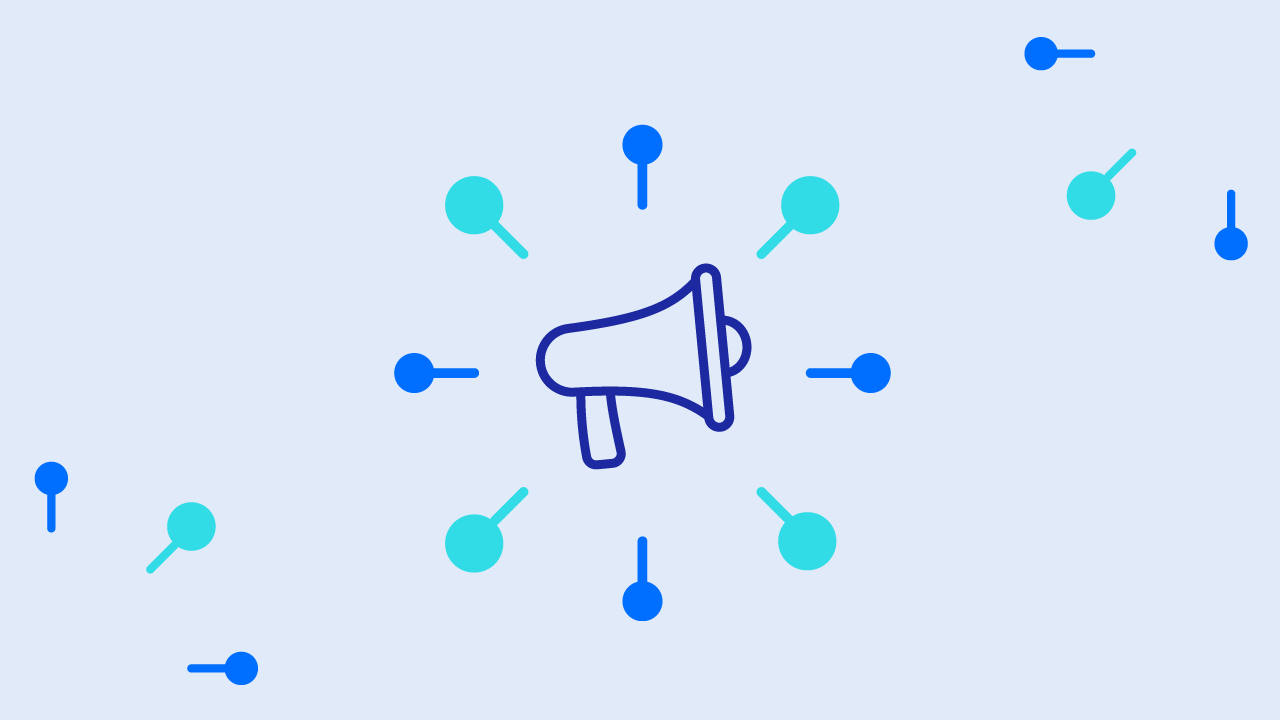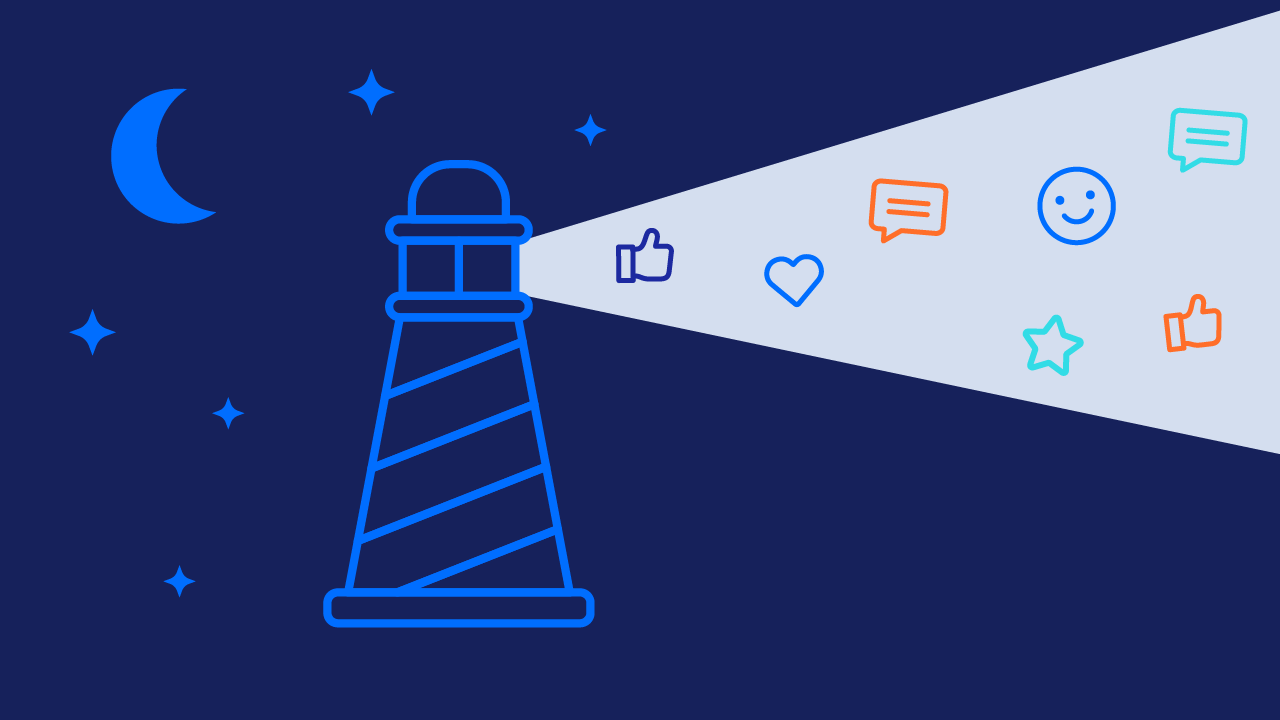Most public relations professionals understand the impact brand loyalty can have on a brand, its reputation, and the success of your team’s efforts support the brand. But understanding how to build brand loyalty is often a complicated matter for PR and comms teams.
PR campaigns, crisis comms, and media relations often take priority for PR teams, yet when done well, these can all foster a strong sense of brand loyalty. That’s why you should keep brand loyalty in mind with everything you do.
Every business wants an audience that’s dedicated to their brand and advocates for it, endorsing the products they sell or services they provide. The most surefire way to win these people over is by building brand loyalty. Such an effort takes time, effort, and patience, but the benefits are considerable – especially when the right strategies are put in place.
What Is Brand Loyalty?
Brand loyalty is when customers choose the same brand to purchase products or services from time after time, even when there are alternative offerings from rival brands.
What brand loyalty means to different people will vary and should be considered under the lens of the type of organization you represent. It could be focused on sales and where customers purchase from (for example, retailers), but it can also be how engaged they are with your content (such as news outlets) or how important a community is (for movements or groups).
As with anything to do with PR, knowing your audience is crucial to building brand loyalty – but so is understanding your goal.
Is Building Brand Loyalty Worth It?
Most businesses need some form of revenue to survive, but how does building brand loyalty do that?
Consistent income is critical for every business, from keeping operations going to enabling product growth and innovation. More often than not, that consistent income comes from loyal customers. If a business knows it can rely on these people to purchase products or services, they can put more focus on reaching more people and growing their company further.
There are benefits beyond the financials, though. When you build brand loyalty, you encourage your customers to support the business in other ways, such as telling others about your brand and what sets you apart, engaging with your content, and providing feedback to help you improve.
The Role of PR Teams in Building Brand Loyalty
If you don’t build brand loyalty, your company will struggle to find the consistency and support to grow and prosper. It might even struggle to survive.
The question then is, who should lead on building brand loyalty?
Building brand loyalty is a collaborative effort. You’ll need the help and support of other employees, teams, and departments to get the results you want, but PR professionals are perfectly placed to take charge of the plans and activities.
Public relations is about communicating a message to the right people and raising a brand’s profile, and these skills are critical to build brand loyalty.
PR teams are already thinking about how to get users to engage with the brand, through campaigns, great content, media outreach, and more. That means they know how to plan, delegate, and act on all the efforts needed to build brand loyalty – not to mention they have the skills to foster collaboration between the different teams needed to execute each facet of the brand strategy.
What Do You Need to Do to Make Brand Loyalty Strategies a Success?
Brand loyalty strategies are often unique to your company and audience. They will depend on the sector you operate in, the type of business you represent, and what you want from loyal and engaged customers.
There are ways to make brand loyalty strategies as effective as possible, however.
Research Your Audience
Before you can build brand loyalty, you need to know as much as you can about your audience – both the customers you have and the people you want to reach.
This research starts with learning about why they choose your business over a competitor. You can conduct this research in various ways, such as:
- Customer surveys
- Focus groups
- Working with a market research team/firm
- Gathered data from existing customers (purchase habits, web traffic, engagement, etc.)
The more data you have, the better informed you will be – and your plan to improve brand loyalty will be more specific to what you need to do. Using the listed methods, ask the right questions to get relevant information. Some of the questions you should ask include:
- Are your products or services better than others available?
- Why do people choose your brand over your competitors’ brands (or vice versa)?
- Does your customer service exceed expectations? Where could it improve?
- Do people engage with your content?
- What would make someone more (or less) likely to use your brand?
These questions will give you a better picture of what matters to your audience, but other brand monitoring tactics may be useful, too. With these answers, you get a picture of how to address concerns or capitalize on why people choose you. This information helps you plan activities or next steps to build brand loyalty.
Plan Your Approach
When you know what you do well, and what you need to improve, according to your audience, focus your efforts to build brand loyalty on those elements.
Plan your strategy by:
- Segmenting your audience
- Deciding what targets and metrics to set
- Agreeing on deadlines for when the goals should be met
- Assigning tasks to the appropriate people, teams, and departments.
Note that implementing an effective brand loyalty strategy will likely require cross-collaboration with other teams or departments and buy-in from leadership. For example, if your customer service is a pain point for customers, you may need to work with your customer service or customer success teams to improve the experience. If product issues are to blame, it will require working with the product engineering teams to make improvements.
Work with these teams to help them understand the feedback and brainstorm possible solutions. Raise the issue with leadership, communicating the importance of addressing these issues, and provide your recommendations so you can align on an organization-wide approach to improving brand loyalty.
Brand loyalty strategies can often be a part of a larger PR strategy, but a more specific plan can be beneficial, too. Compared to other parts of public relations, such as running campaigns or crisis comms, you’ll be completing different tasks to deliver results. Your efforts should align across all parts of your PR strategy where possible, utilizing content and resources effectively to share your brand’s message with new and existing audiences, as well as encouraging these people to interact with you in a positive manner.
Create Positive Experiences
The most effective brand loyalty strategies revolve around creating positive experiences. Every interaction with your organization should be positive, cementing that you are the best choice for that purchase.
Using the example above, a shorter and smoother customer service experience will foster goodwill with your audience. Addressing pain points will help customers enjoy their purchases and put you at the top of the list the next time they need something you offer.
Look at all aspects of the customer journey. The purchase journey should be easy to complete and give people everything they need to know. Content you produce should be valuable, whether it’s entertaining, informative, or educational – and it should be in the medium that best appeals to your audience (such as videos, visual, audio, or written).
Ask yourself, as a consumer, what you want from a brand and use those experiences to guide you.
Know What to Measure
Measuring brand loyalty is key to understanding if your strategy is working. While measurement can be a challenge, there are several methods available to do so, such as:
- Net Promoter Score (NPS)
- Customer Loyalty Index (CLI)
- Customer Lifetime Value (CLV)
- Customer Engagement Score
Depending on your business, some methods will be more valuable than others. An ecommerce business, for example, may be focused on customer retention or customer churn more than another business. You will have to decide which method, if any, is right for you.
Some methods will use surveys to generate the data, whether that’s a single question at the end of a purchase or something else. However, brand loyalty goes beyond purchases. It covers engagement and whether your customers will talk about your brand and products.
How much your audience engages with your brand and learning what they’re saying about your organization is important. You can use tools like Google Analytics to measure how effective your onsite content is performing and how that relates to your user journey as they navigate through your website.
You’ll often find conversations about your brand in the media and on social media. Media monitoring platforms like CisionOne give you the chance to see these mentions and conversations and react to them, creating the positive experiences mentioned earlier and stepping in before a negative experience can escalate to something worse.
Ultimately, a combination of measurement methods and tools will give you an accurate picture of brand loyalty. Once you have a baseline, you can continue measuring to see, over time, if and how your brand strategy is effective, or where there are opportunities to improve it.
The Role of Media Relations in Building Brand Loyalty
Knowing how to build brand loyalty shouldn’t fall on just one person, team, or department – as discussed earlier – but the PR team will play one of the largest roles in its success.
Media relations play a crucial role in building brand loyalty, and that often falls under the PR team’s remit. Building relations with journalists and media outlets is crucial to getting earned media coverage that introduces new audiences to your brand and drives them to your website or platform.
Further, earned media is more trusted than owned media, so when trusted journalists mention your brand in a positive light, their audiences are more likely to perceive your brand highly as well.
Given the impact earned media can have on your brand, you might consider media relations the first step to building an audience who will later become loyal to your brand. For more guidance on media relations, check out our 7 Insider Tips for Building Better Relationships With the Media.
Everyone has a part to play to build brand loyalty. Having that core base of customers who will shout about your brand and products can have a huge impact on the success of your business. They’ll add authenticity and help you reach audiences missed by other content distribution methods. Understand your audience, find out what sets you apart, and make every interaction with your brand the best that it can be. You’ll reap the rewards soon enough.
Discover how CisionOne can help with measuring earned media coverage, fostering media relationships, and ultimately building brand loyalty: schedule a demo with one of our experts.







